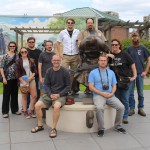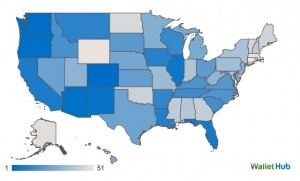 Don Lafreniere (SS) co-authored a paper, “The Windsor-Detroit Borderland: The Making of a Key North American Environment of Mobility” in Moving Natures: Mobility and the Environment in Canadian History published by the University of Calgary Press.
Don Lafreniere (SS) co-authored a paper, “The Windsor-Detroit Borderland: The Making of a Key North American Environment of Mobility” in Moving Natures: Mobility and the Environment in Canadian History published by the University of Calgary Press.
From Tech Today.




